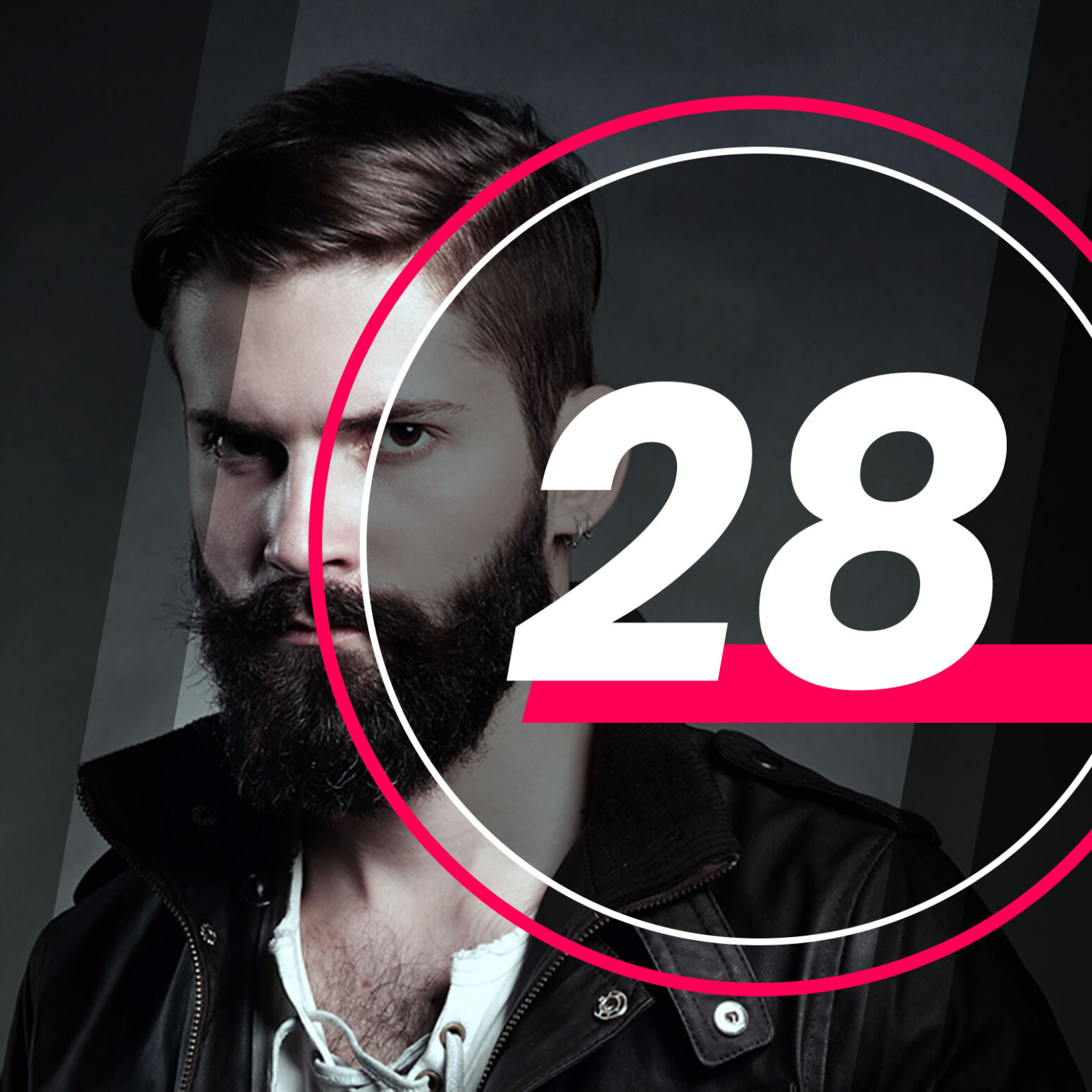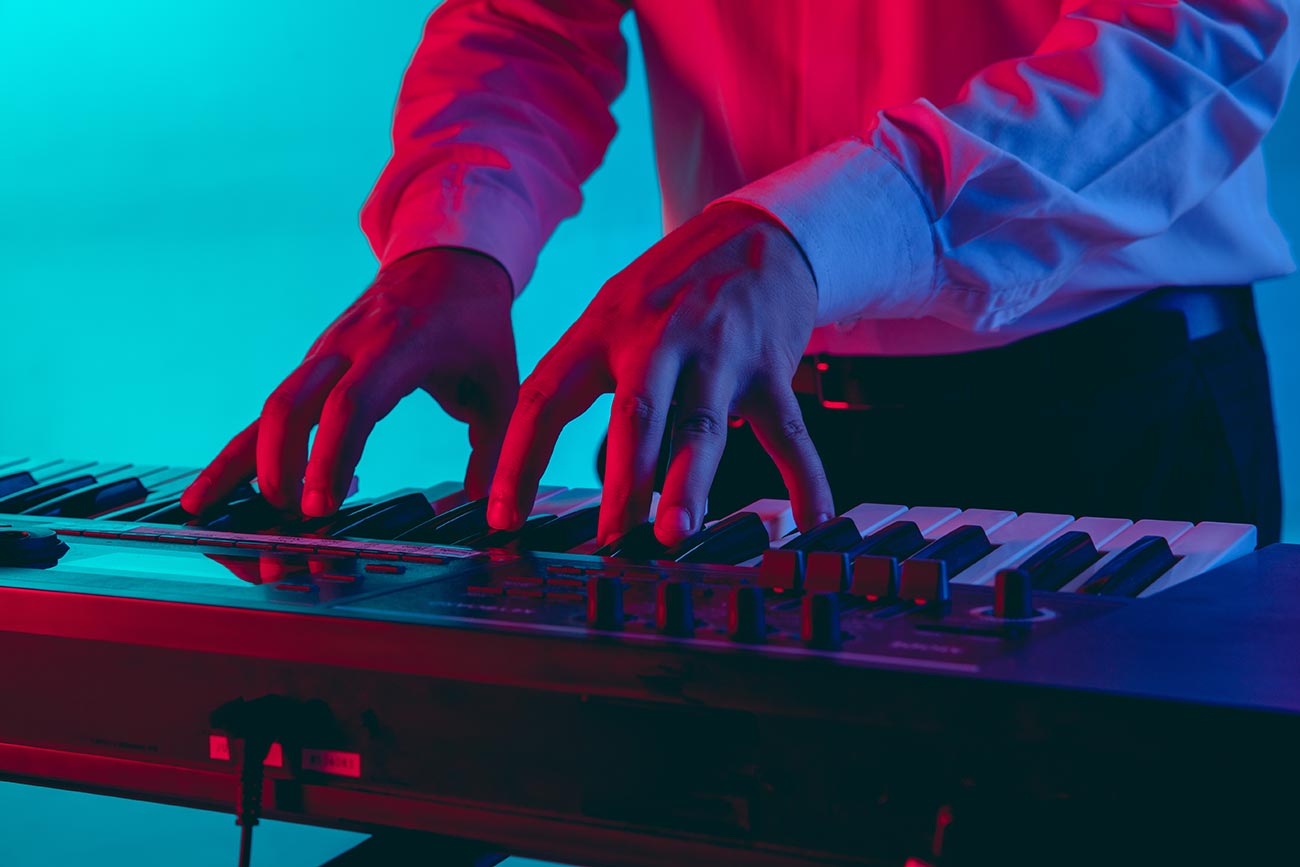-
 play_arrow
play_arrow
Clubalicious Clubalicious Radio
-
 play_arrow
play_arrow
London Calling Podcast Yana Bolder

| MIX VERDICT: AEA N28 NUVO COMPACT ACTIVE STEREO RIBBON MICROPHONE |
| THE TAKEAWAY: “It offers a universe of sonic possibilities for the recording engineer/producer.” |
| COMPANY: AEA Ribbon Mics, Inc. • www.aearibbonmics.com PRICE: $2,499 MSRP PROS: • Pleasing, beautiful, accurate stereo recordings. CONS: • Mic clip is not my favorite; a little pricey. • Could use second aiming dot on top. |
New York, NY (May 1, 2025)—Audio Engineering Associates was founded in 1964 by Wes Dooley. In the 1970s, it was a repair shop for RCA 44 ribbon microphones, and the company continues to service vintage RCA and Coles ribbon mics. In 1998, the AEA R44C, a replica of the RCA 44BX, was manufactured using RCA’s original methods and techniques, and the first original-design AEA microphone, the R84, debuted in 2003.
Currently, AEA, based in Pasadena, Calif., makes 10 different ribbon mics that are individually voiced by way of their motor design (transducer), grille and the various acoustic materials throughout. Some of the mics are flatter, some have a pronounced high-frequency roll-off, and others more/less proximity effect and character/color. Most use AEA’s standard Big Ribbon transducer, which measures 2.35-inches long with a 1.8-micron-thick ribbon.
The AEA Nuvo active ribbon microphone line debuted in 2013 with the N22, followed by the N8 in 2014 and N13 in 2024. All Nuvo mics use 99.95 percent pure aluminum-leaf ribbons that vary in the way they are voiced to support their recommended applications, including the ideal distance from a source. The line also has sufficient gain to work well with a console’s preamp without using an inline booster (which blocks phantom powering).
Compared to the other AEA ribbon mics, these are smaller and lighter, allowing them to easily fit into any setup. The Nuvo N22 is designed for near-field applications—1 to 18 inches from the source—and can take high SPL levels. Its ribbon has minimal proximity and works well for close-miking instruments and vocals by naturally rolling off the low frequencies. This is a different sound than using a high-pass filter.
The Nuvo N8 uses the same ribbon but is a far-field microphone for distant miking at least 12 inches or further away. It is similar in characteristics to AEA’s full-size R88 stereo ribbon mic.
The Nuvo N13 is a mid-field ribbon mic, ideally placed anywhere from 8 to 36 inches from the source. It has a new motor design and a 1.2-micron-thick ribbon, which is only 1.3 inches long. The N13 uses the thinnest ribbon of all the AEA mics. Thin, corrugated, aluminum ribbons capture high frequencies better but are fragile and more easily damaged.
Finally, fourth in the line is the newly designed Nuvo N28. It is a side-address, stereo ribbon microphone with two carefully matched, bi-directional (figure-of-8) ribbon transducers in Blumlein configuration—and it is not a pair of N22s in one mic.

INSIDE THE NUVO N28
The Nuvo mics are of a different design than the other AEA models, beginning with the interior signal chain. The voltage coming from the motors goes through a Lehle toroidal transformer—two for the N28—and each transformer has a 1:89 (turns) ratio. A J-FET buffer amp circuit, designed by Fred Forsell, follows the transformer to work as an impedance converter. The broadband output impedance is 92 ohms. A variation of this circuit is used in all AEA active ribbon mics, as the company avoids using any internal electronics that would boost gain and/or add noise.
The two ribbon transducers in the N28 are positioned vertically, one above the other, and set in a fixed Blumlein configuration that cannot be changed, as Blumlein stereo requires that the two figure-of-eight pattern lobes be rotated 90 degrees from each other. Again, the ribbon transducers measure 1.31 inches long and 1.8 microns thick.
The two ribbons measure 3 inches apart (center-to-center) to provide better phase coherency and time accuracy than when using two individual microphones. To assist in getting the right angle for the N28 at the source, there is a white “aiming dot” engraved at the top and front of the mic’s black body. It’s a great feature, but I’d like to see this dot duplicated on the top of the mic so that I could aim while standing over it. A minor quibble.
The N28 measures 10.66 inches tall (270 mm) and 1.62 inches (41.1mm) in diameter. Frequency response is stated as 20 Hz to >20 kHz, with a max SPL rating of 135 dB. The ribbons are each protected by an elaborate screening mesh material in a frame that locks into a groove within the mic’s body, providing another layer of protection for the ribbon.
The kit comes with a foam windscreen, basic shock-mount clip, soft-cloth storage bag, foam-line storage carrying case and a 15-foot XLR breakout cable.
NUVO N28 IN THE STUDIO
I used a Trident 88 console for recording drums in a live room measuring 26 feet long by 22 feet wide with a 12-foot ceiling. I placed the N28 in front of a Ludwig Legacy mahogany drum kit with the bottom of the N28 1.3 meters (laser-measured) above the hardwood floor. I aimed it at the snare drum approximately 2.1 meters away.
I record mostly Pop/R&B music, and for all the tests, I used a separate kick drum mic for more presence, control and additional low frequencies, if later required. Back in the control room, the stereo imaging using only the N28 was intense; it accurately portrayed the panoramic locations, left to right across the kit audience’s perspective. The snare, toms and cymbals and kick copied the balance I heard out in the room.
Mic positioning is critical—in using this midfield recording technique, you’ll clearly hear any drum tuning problems, buzzes, rattles, resonances and overly bright cymbals. Using just the N28, I had enough kick drum level in the stereo drum mix, but it was a bit roomy-sounding for my tastes. Adding the closer kick drum mic fixed that.
I also tried using the mic at the same floor height but closer in, at about 1 meter. Here, proximity picked up more low frequencies and sharper drum attacks and presence, and then by angling the N28 upward 10 degrees relative to the floor, I picked up more cymbals. I’ve started to record drums more often this way, especially— and most importantly—if I’m working in a good-sounding room.
The N28 will work as a Mid/Side pair by aiming the top transducer straight on to the source, not at 90 degrees. The aiming dot would “look” at 45 degrees to the left of the direction to the source. That would make the top mic transducer the Mid and the bottom one the Side mic. With the N28 in the same spot as it was in the Blumlein position, it produced a narrower stereo image, but now the stereo width is adjustable post-recording.
SWITCHING UP THE SIGNAL CHAIN
For the rest of the tests, I used Blumlein stereo and changed over to a Millennia Media HV-37 pre-amp going into a Manley NuMu stereo compressor/limiter. The NuMu was for extra gain or slight compression (when needed) during the recording session I was doing. The HV-37 is stable at all gain settings with no increase in noise. For the most part when recording very quiet instruments, the HV-37 was nearly or at max gain. The N28’s sensitivity is measured at 6.10 mV/Pa (-44.3 dBV).
For recording acoustic guitar, I started by aiming the N28 at where the neck joins the body. I had the N28 at 0.8 meters above the carpeted floor and 1 meter away from the player’s Breedlove 12-string. The N28 is a very warm and thick sounding mic that is ideal for smoothing bright acoustics and for getting fat tones on single-string picking arpeggios and melodies. The N28 has a powerful lower register at this mic position; for loud rhythm acoustics, I would have to use a high-pass filter or move the mic further away. Again, mic positioning and distance are more critical. Further away at 1.5 or even 2 meters, the stereo imaging was there but, in this small dry room, the ambience was boxy.
UJAM UFX Reverb 2.0 — A Mix Real-World Review
For recording electric guitar, I had the N28 placed at 0.4 meters away and directly pointing in between the center and surround suspension of my 30-watt Hellatone, 12-inch speaker mounted in an Avatar open-back cabinet. The overall warm tone helped to smooth out the guitar sound’s harsh high-frequencies. The guitar track sounded better in the control room than out in the studio! Compressing with the NuMu sounded excellent to dynamically-flatten out the guitar part—this was a good sound.
The best sound/performance of the day came from a solo violinist! This mic seems made for this instrument used in this way. Again, setting up on the carpet, I placed the N28 1.86 meters above the violinist’s head with the aiming dot “looking” down at the instrument. This setup produced a fantastic “picture” of the instrument fully-balanced and with enough ambient space around it. Moving the mic higher would get more room in the picture.
AN EXCELLENT CHOICE
The Nuvo microphones are winners because they are designed to be used like any other studio microphone on any instrument or voice, but the N28 is special. It is fantastic for treating overly shrill-sounding sources and capturing the whole space around it, and I love the way it captures a source’s sound and the room’s tone as it actually exists. In that way, it offers a universe of sonic possibilities for the recording engineer/ producer.
Written by: Admin
Similar posts
Recent Comments
No comments to show.Featured post

Latest posts
Current show

On The Record
Insomniac Events
On The Record is a weekly radio show featuring an endless rotation of the most noteworthy artists from around the world.
closeUpcoming shows

Fresh Is Fresh
THIS WEEKS HOTTEST DANCE RELEASES FROM DEE JAY PROMOTIONS
11:00 - 16:00
Redolent
16:00 - 17:00

Stardust
Bergwall
17:00 - 19:00
The House of Mimickry
19:00 - 20:00

The Underground Sound
The Underground Sound
20:00 - 21:00Chart












